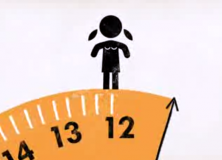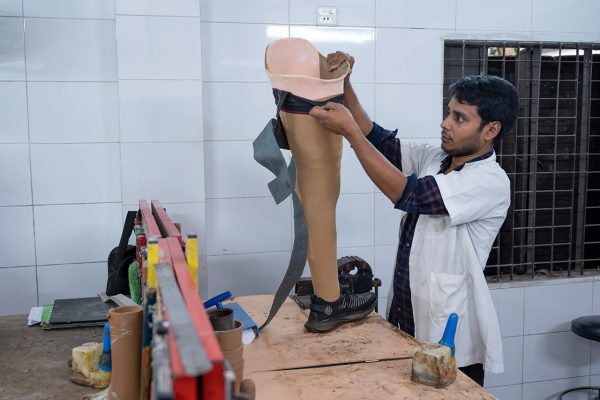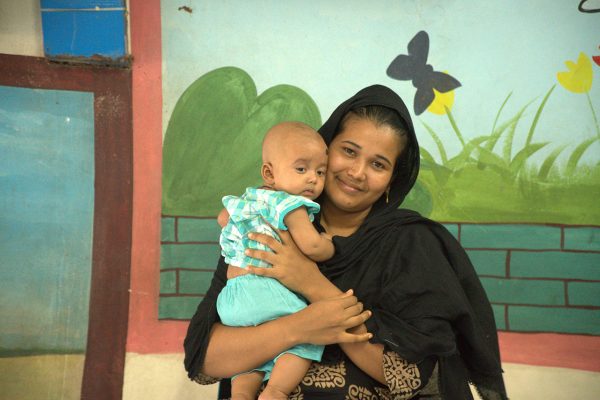A dividend from investing in girls? World Bank blogger (and previous skeptic) weighs in
Reading Time: 2 minutes
Last year, independent researchers from London School of Economics, University College London, and the World Bank completed a two-year impact assessment of a girls’ empowerment program in Uganda, Empowerment and Livelihood for Adolescents (ELA), one of the components of a partnership between BRAC and The MasterCard Foundation.
Last year, independent researchers from London School of Economics, University College London, and the World Bank completed a two-year impact assessment of a girls’ empowerment program in Uganda, Empowerment and Livelihood for Adolescents (ELA), one of the components of a partnership between BRAC and The MasterCard Foundation.
The results have now been published online, offering research-based backing to what BRAC workers observed with their own eyes. First, the girl effect is real, and second, when it comes to empowerment, both economic and social factors matter greatly. It’s not enough to focus on one or the other.
The study suggests ELA is an advance over earlier generations of girls’ empowerment intervention programs, especially those related to HIV prevention, and it presents these findings at length and with academic rigor.
One of the co-authors, Markus Goldstein of the World Bank, offers this readable summary. In doing the research, he says he “found a reason to rethink” his previous skepticism about the so-called girl effect, touted by the catchy Nike Foundation video posted above.
Scholars recorded the following, based on a randomized control trial that compared club participants to a control sample in a village without an ELA program:
- Self-reported condom usage increased by 12.6 percentage points among those participants who are sexually active, compared to the control sample
- Two years after the start of the ELA program, fertility rates were 28.6% lower compared to a control sample
- Participants’ reports of having sex unwillingly decreased by 83% over a one-year period,“the clearest marker for the program changing how empowered adolescent girls are in their relations with men,” according to the report
- Due to entrepreneurial activities, the likelihood of an adolescent girl being engaged in income generation increased 35% due to participation in the program
The evidence is clear. For countries facing a youth bulge, researchers recommend a “twin-pronged” approach to youth empowerment focused on girls, raising awareness of health and social issues on the one side, and financial and livelihood training (including the option of microfinance) on the other.
In BRAC’s view, social and financial empowerment go together. You can’t really have one without the other.
Goldstein goes further and delves a bit into the costs, and finds that by the second year of the program in question, the per-girl cost was just $18 per year. And as the results above show, they’re more economically active as a result of this investment. In fact, Goldstein calculates their additional consumption expenditure attributable to the program at 21 percent of the up-front cost. That’s quite a dividend.
“Now I am still not sure that this will save humanity,” Goldstein writes, “but it looks to me that putting money into a program like this, in Uganda (with one of the lowest median ages in the world), is a darn good investment for girls during the critical transition from childhood to adulthood.”
More:
- Read the whole article: “Should we believe the hype about adolescent girls?“
- Download the full report, “Empowering Adolescent Girls: Evidence from a Randomized Control Trial in Uganda,” here or here.
- “BRAC’s Empowerment and Livelihood for Adolescents: Changing Mind-sets and Going to Scale with Social and Financial Skills for Girls” (PDF), from Unicef’s Child Poverty Insights






